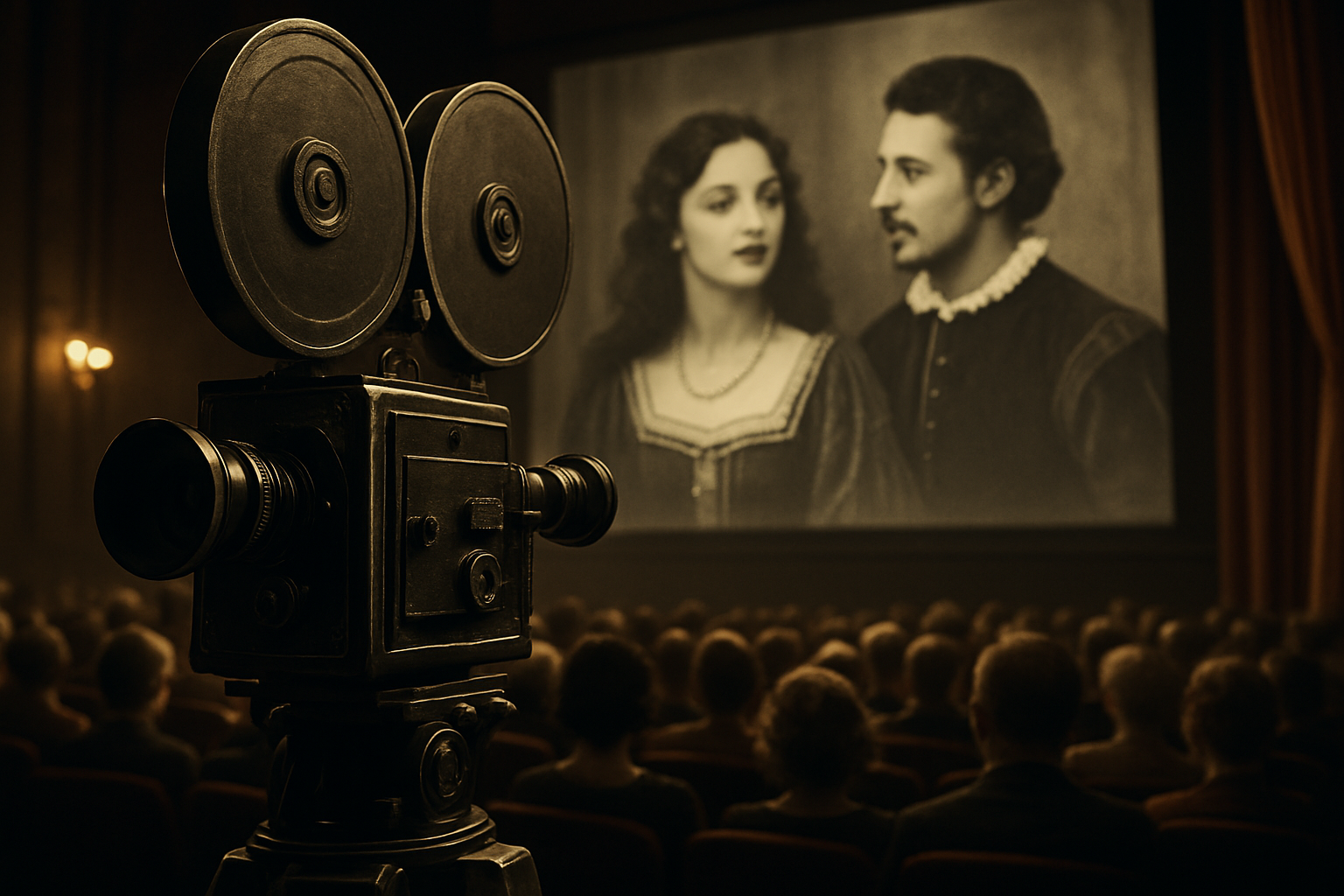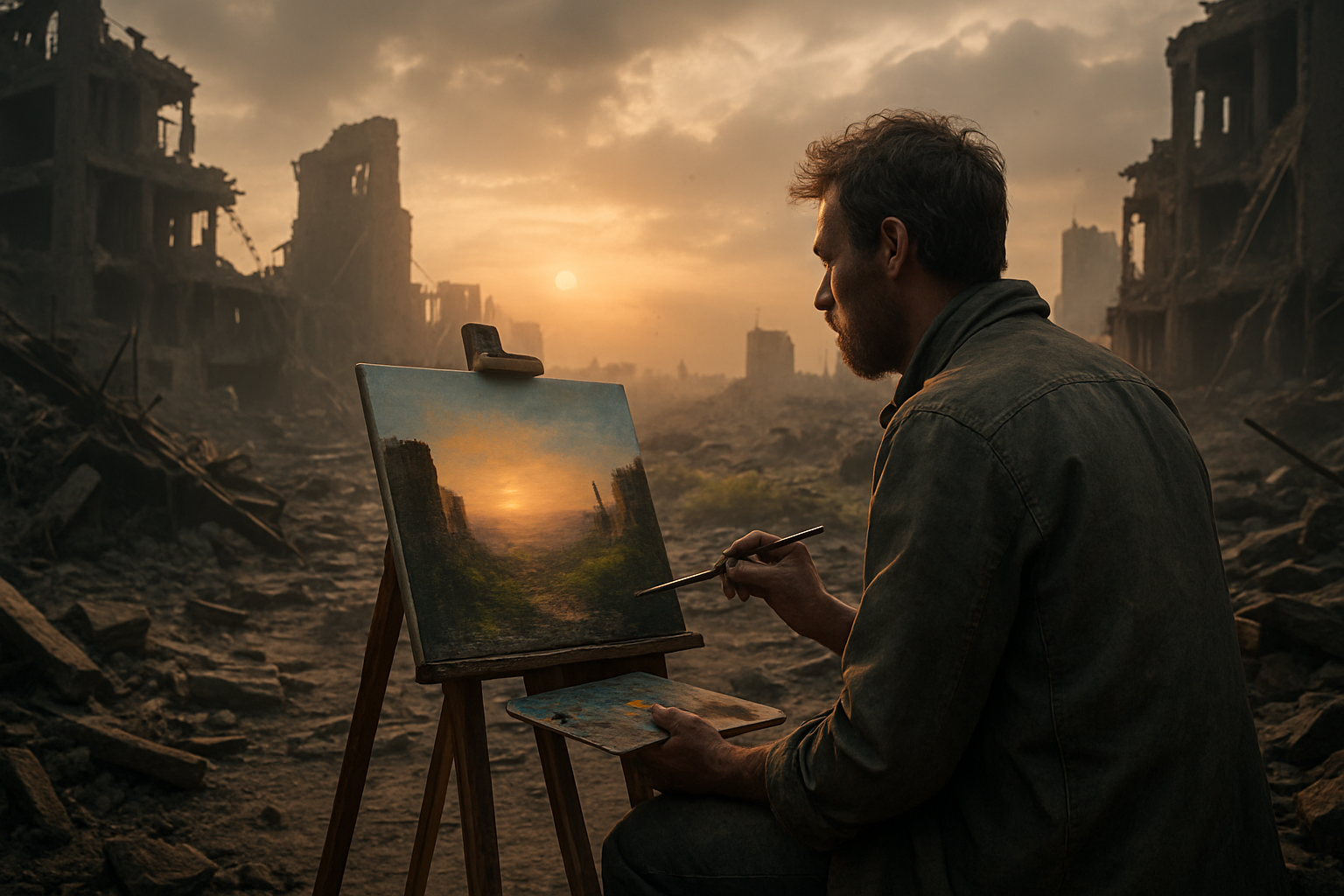An Unearthed Jewel: The Renaissance of Silent Film
The art of silent films, once a cornerstone of early cinema, is experiencing an unexpected revival in the 21st century. This article will examine the historical context of silent movies, current trends, the impact of this renaissance, and why it resonates with today's audiences.

Silent Cinema: A Brief History
Silent film, or non-talking film, was the first form of cinema. From the late 19th century until the late 1920s, it was the primary method of storytelling in film. Despite the absence of synchronized recorded sound, these films were far from silent, often accompanied by live music, sound effects, and narrations. Silent films relied heavily on visual storytelling, utilizing exaggerated physical acting and detailed settings to convey emotions and narratives. By the end of the 1920s, the advent of sound in cinema led to the decline of silent films. However, their influence left an indelible mark on the art of filmmaking.
The Modern Silent Film Resurgence
In recent years, the art of silent film has seen a revival. Filmmakers and audiences alike are rediscovering the unique charm of this vintage medium. Films like “The Artist” (2011) and “Blancanieves” (2012) have garnered critical acclaim and awards, spotlighting the silent film format. Meanwhile, film festivals and repertory cinemas are featuring silent film retrospectives, attracting diverse audiences.
The Impact and Significance of the Revival
The resurgence of silent films is not just a nostalgic trip; it’s an exploration of the fundamentals of cinematic storytelling. It’s a return to a form of expression that emphasizes visual communication over dialogue, challenging filmmakers to push their creative boundaries and audiences to engage in a different way. The renewed interest in silent films has also led to the restoration and preservation of many early films, preserving an important part of film history.
Why Silent Films Resonate Today
In a world saturated with media noise, the quietude of silent films offers a refreshing contrast. They represent a slower, more considered form of storytelling that requires and rewards the viewer’s attention. Silent films also transcend language barriers, their stories accessible to anyone regardless of their spoken language. In these ways, the silent film renaissance is a testament to the enduring power and appeal of visual storytelling.
In conclusion, the revival of silent films is a fascinating development in the arts and entertainment industry. It reminds us of the richness and diversity of cinematic storytelling forms and the power of images to captivate, inspire, and move us. As we look forward to the ever-evolving landscape of film, the silent film renaissance prompts us to appreciate the past’s influence on the present and future of the art form.





